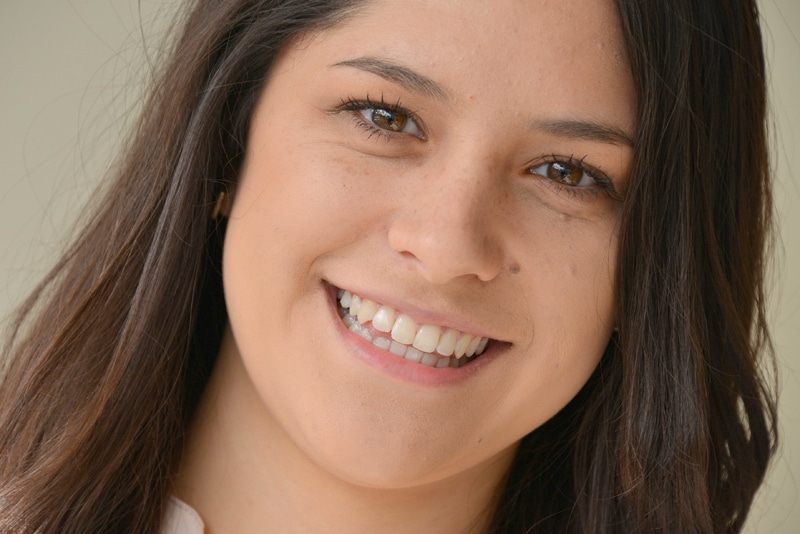Now a mouth of metal or plastic is a rite of passage for the young and not all that unusual in adults of varied generations and social classes
And along with this popularity, there has emerged a bunch of new orthodontic techniques and systems – enough to confuse even the wisest of parents while their family clamour for the Hollywood smile.
Let’s get one thing straight for a start: at Burford Dental we almost always do not extract teeth for orthodontic purposes.
Our reputation over the past thirty years in Alpers Avenue Epsom has continued to grow and develop because of that simple fact. And this will continue into the foreseeable future.
So why do so many dentists and orthodontists say they have to extract teeth in order to align the remainder into a pleasing smile? It’s simple really; those who extract teeth are making the teeth fit the jaws. We are developing the jaws to fit the teeth.
To do that, we use a range of removable appliances, usually containing screws or springs, which mould or shape the jaws until there is enough room for the teeth to line up without perfectly good teeth being extracted. Think about it. It is commonly recognised that pressure on the jaws from thumb or finger sucking can lead to all sorts of strange jaw shapes and teeth sticking out all over the face. We use similar pressures to those of the thumb but to opposite effect in that we are improving the shape of the jaw and creating a drop dead smile.




